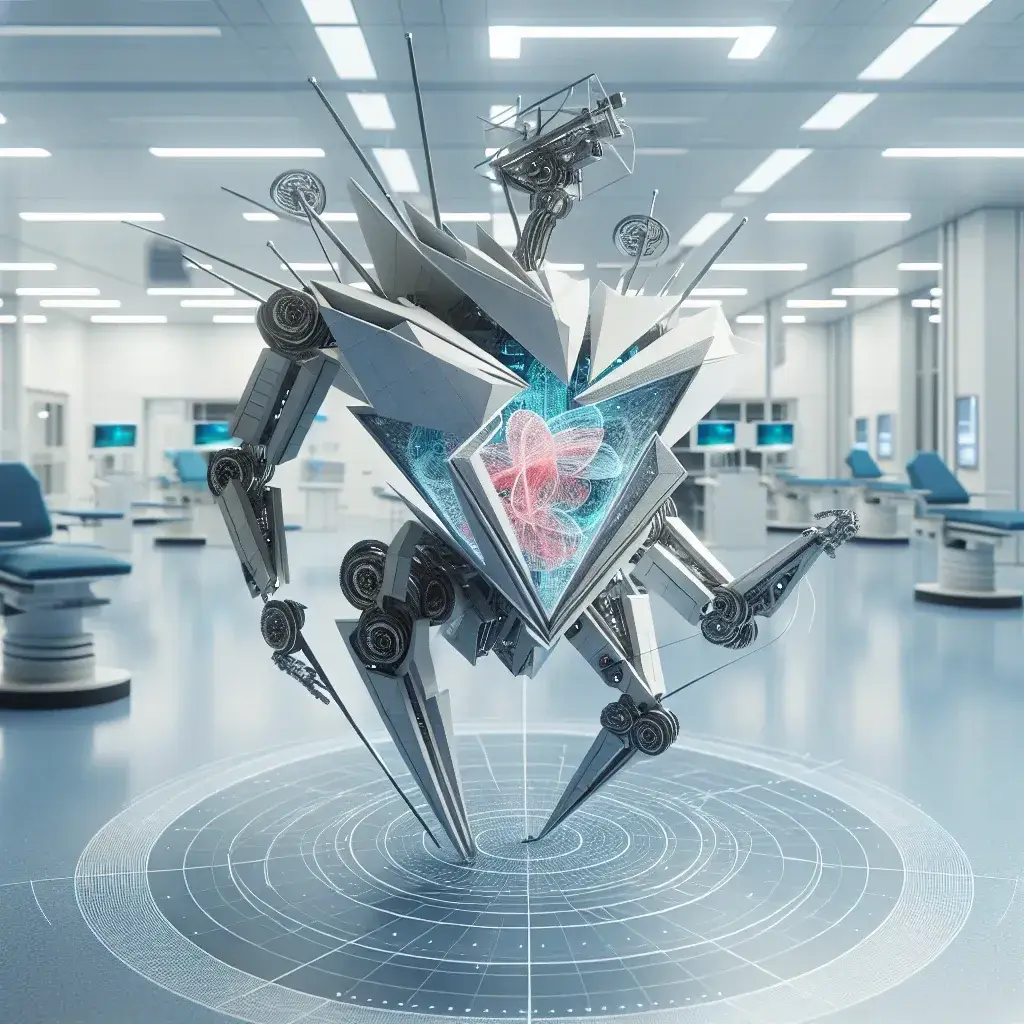Introduction
In recent years, the field of medicine has witnessed a remarkable evolution through technological advancements, particularly in the realm of minimally invasive care. Among these innovations, origami robotics stands out as a transformative force, revolutionizing surgical procedures and patient outcomes. This article delves into the fascinating world of origami-inspired robotic systems, examining their applications, advantages, challenges, and future potential in minimally invasive care.
The Concept of Origami Robotics
Origami robotics refers to the design and creation of robotic systems that mimic the folding techniques of traditional origami. These robots are engineered to navigate complex environments and perform intricate tasks through compact, foldable structures. The inspiration drawn from origami not only allows for innovative designs but also enables functionalities that are unattainable with conventional robotics.
Historical Context
The roots of origami robotics can be traced back to the late 20th century when engineers and scientists began to explore how the principles of origami could be applied to robotics. Early research focused on the development of foldable structures that could expand and contract, leading to the creation of prototypes capable of performing simple tasks. Over the years, advancements in materials science and robotics technology have propelled this field forward, resulting in more sophisticated systems that can be employed in various medical scenarios.
Applications in Minimally Invasive Care
Origami robotics is making significant strides in minimally invasive care, with applications ranging from surgical procedures to diagnostic tools. Here are several key areas where these innovative systems are being employed:
-
Robotic Surgical Tools
Origami-inspired robotic instruments can be deployed in delicate surgeries, allowing surgeons to operate with enhanced precision while minimizing tissue damage. These tools can fold into compact shapes for easy insertion and unfold within the body to perform complex maneuvers.
-
Endoscopy and Imaging
Origami robotics plays a vital role in endoscopic procedures, where flexible, foldable robots can navigate the human body with ease. They offer improved imaging capabilities and access to hard-to-reach areas, enabling more accurate diagnoses.
-
Drug Delivery Systems
Another exciting application is the development of origami-inspired drug delivery systems. These devices can be designed to fold and unfold in response to specific stimuli, allowing for targeted drug delivery within the body.
Benefits of Origami Robotics
The integration of origami robotics into minimally invasive care boasts numerous advantages:
-
Enhanced Precision
Origami robotics is designed to facilitate intricate movements, ensuring greater precision during surgical procedures. This precision translates to improved surgical outcomes and reduced complications.
-
Reduced Recovery Times
By minimizing tissue damage and trauma, origami robotics contributes to shorter recovery times for patients. This results in decreased hospital stays and faster returns to normal activities.
-
Cost-Effectiveness
Origami robots are often more cost-effective compared to traditional robotic systems. Their simpler designs reduce manufacturing costs, making them accessible to a broader range of healthcare facilities.
Challenges and Limitations
Despite the numerous advantages, the deployment of origami robotics in minimally invasive care is not without its challenges:
-
Technical Complexity
Designing and fabricating origami robots that can perform complex tasks reliably require advanced engineering and materials science. This complexity can lead to longer development times and increased costs.
-
Regulatory Hurdles
As with any medical technology, origami robotics must navigate rigorous regulatory processes before gaining approval for clinical use. This can delay their introduction to the market.
-
Training and Adoption
Surgeons and healthcare professionals need proper training to effectively use these innovative tools. Resistance to adopting new technology within medical settings can hinder progress.
The Future of Origami Robotics in Healthcare
The future of origami robotics in minimally invasive care holds immense promise. As research and development continue, we can expect to see:
-
Advancements in Materials
The development of novel materials that enhance the functionality and adaptability of origami robots will further expand their applications in healthcare.
-
Integration with AI
The incorporation of artificial intelligence into origami robotics could lead to systems that can learn and adapt to different surgical environments, making them even more efficient.
-
Broader Applications
Beyond surgical procedures, origami robotics could find applications in rehabilitation, patient monitoring, and even surgical training, providing a myriad of new possibilities.
Conclusion
Origami robotics represents a groundbreaking approach to minimally invasive care, offering enhanced precision, reduced recovery times, and innovative solutions to complex medical challenges. As technology continues to evolve, the integration of origami robotics into mainstream healthcare has the potential to transform surgical practices and improve patient outcomes. With ongoing research, collaboration, and development, the future of origami robotics in medicine is bright, paving the way for a new era of healthcare.

